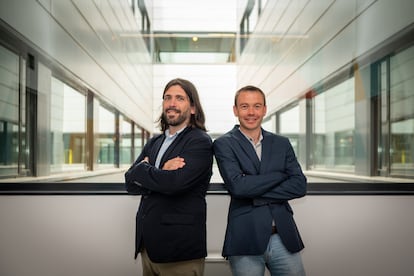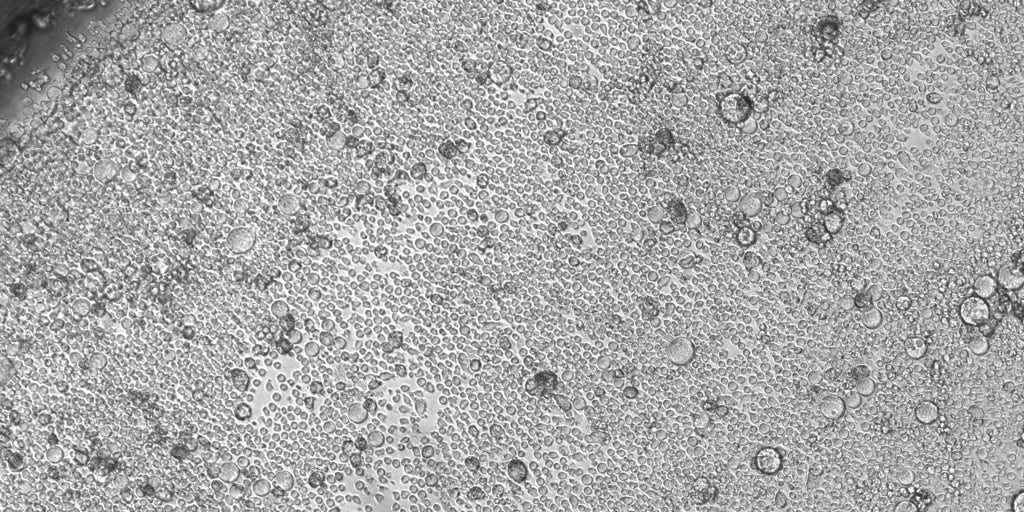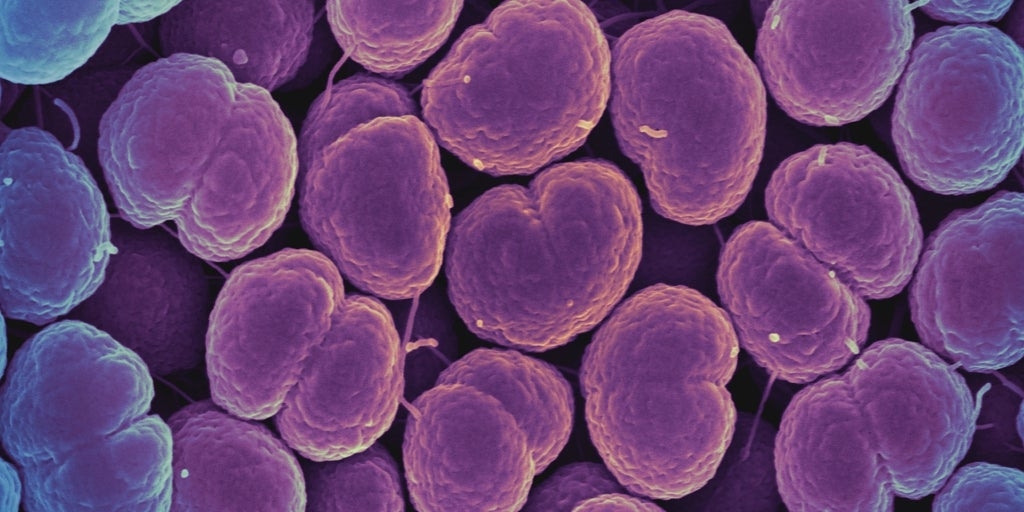A barcode has been discovered that measures blood aging after the age of 50.


One in two people alive today will develop a blood-related disease. These will primarily be cardiovascular diseases, but also cancer and immune system deficiencies. This is an estimate made by molecular biologist Lars Velten , who works at the Center for Genomic Regulation in Barcelona, trying to unravel the many mysteries that still exist about how blood evolves as we age and why some people will suffer from these life-threatening diseases and others will not.
Velten, along with his colleague Alejo Rodríguez-Fraticelli of the Institute for Biomedical Research, also in Barcelona, and other scientists from Germany, the United Kingdom, and the United States, has published a key finding: the discovery of a biochemical marker in blood cells that measures the aging of this fluid, and which could be the gateway to targeted therapies for treating aging. The finding is published this Wednesday in Nature , a benchmark for the world's best science.
Scientists analyzed the blood of laboratory mice and a dozen people between the ages of 23 and 77. They discovered that the new marker begins to appear after age 50 and that, by age 60, it is "universal" and "inevitable," according to Rodríguez-Fraticelli.
A young person has approximately 100,000 blood stem cells. Each one is a clone capable of giving rise to hundreds of billions of adult offspring: red blood cells, platelets, lymphocytes, and other immune system agents. Researchers wanted to know the exact lineage of these cells. To do so, they developed a new system—EPI-Clone—to read their "barcode," which is written not in the cell's genome, but on it. It involves an epigenetic change called methylation, which transforms adenine (A), one of the four chemical letters of DNA, into cytosine (C). This mark is inherited from generation to generation and allows us to identify which clone each blood cell comes from. Rodríguez-Fraticelli compares it to "surnames" that allow us to trace our family tree.
The study's results show that after age 60, the genetic diversity of clones in the blood drops dramatically to just a few dozen. These stem cells are still capable of generating billions of adult cells, but their genetic diversity is much lower, which may be linked to the onset of aging-related diseases.
"We observed this pattern in 10 of the 10 people over 50 years old we analyzed," Velten explains to this newspaper. "In all likelihood, we're dealing with a universal phenomenon," he adds.
The study shows that the clones predominant in older age are more likely to become myeloid cells. These clones are essential for the production of red and white blood cells, but they can also promote chronic inflammation. The authors suggest that these aging clones could promote cardiovascular disease, cancer, stroke, and even Alzheimer's. Preliminary studies in mice show that purging these clones from the blood can rejuvenate the circulatory and immune systems.
The study provides a new way to study aging and develop treatments that selectively eliminate potentially harmful cells.
Until now, the only way to study cellular aging in tissues was through mutations that appear in DNA. This is a very reliable technique, but expensive and laborious, as each cell has a genome of approximately 3 billion chemical letters (TCAGG, etc.) that must be read. Those responsible for the new study acknowledge that their new method is not yet viable, as it costs approximately €5,000 per patient, but they believe it is easier to use and that its price could quickly drop to become a cheap early diagnostic checkup.
Molecular biologist Íñigo Martincorena is one of the world's leaders in the study of genetic mutations that can predict cancer . These are errors in the genome that exponentially increase the likelihood of developing tumors. The researcher, who was not involved in the study, emphasizes its importance. "It's a new and very useful tool for studying clonal expansions during aging," he told this newspaper. “As we age, every cell in our body accumulates about 1,000 mutations , but at the same time, there are many more epigenetic methylation changes—probably tens of thousands. One outcome of this process is cancer, but what we've seen in the last decade is that this process is widespread in many tissues in the absence of cancer, and it's thought to likely contribute to many chronic diseases. This work cleverly demonstrates that epigenetic marks can be used as an accurate and affordable barcode to study these clones and see how they change in frequency with age and what their relationship is with disease,” he adds.
One of the first questions to be answered now is whether the new tool works in tissues other than blood. “Like any novel study, the promise outweighs the limitations,” explains Iñaki Martín-Subero , an epigenetics expert at the IDIBAPS Research Institute, in a statement to the SMC Spain website. “This work paves the way for other researchers in multiple areas of biomedicine. For now, no clinical applications are anticipated, but its research potential is enormous,” he adds.
EL PAÍS





